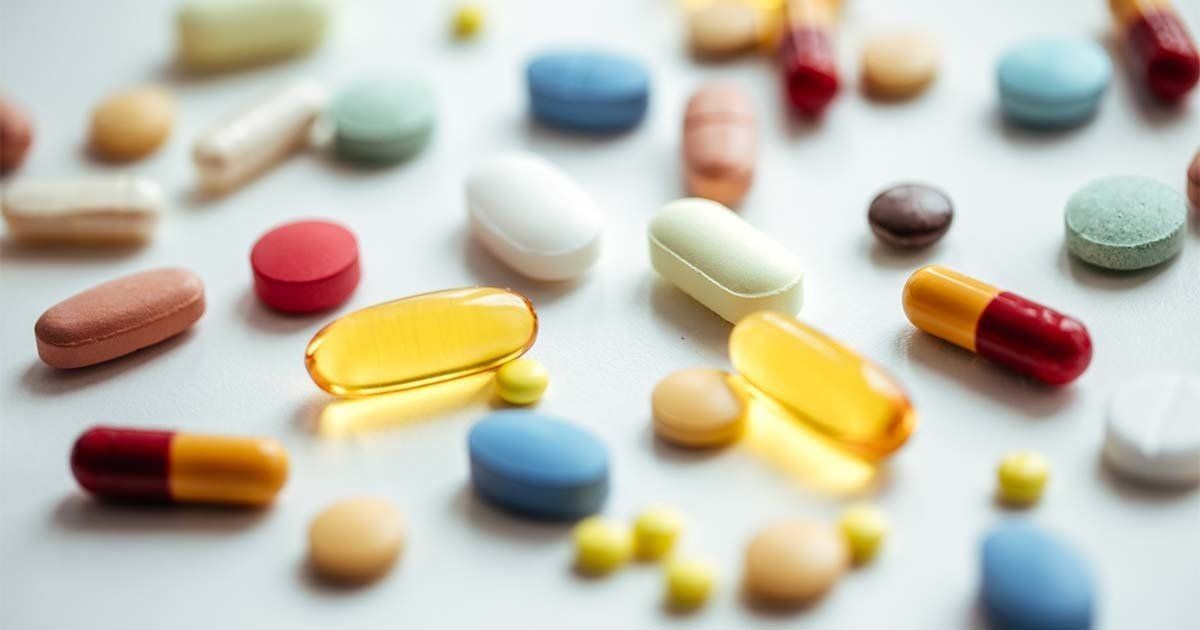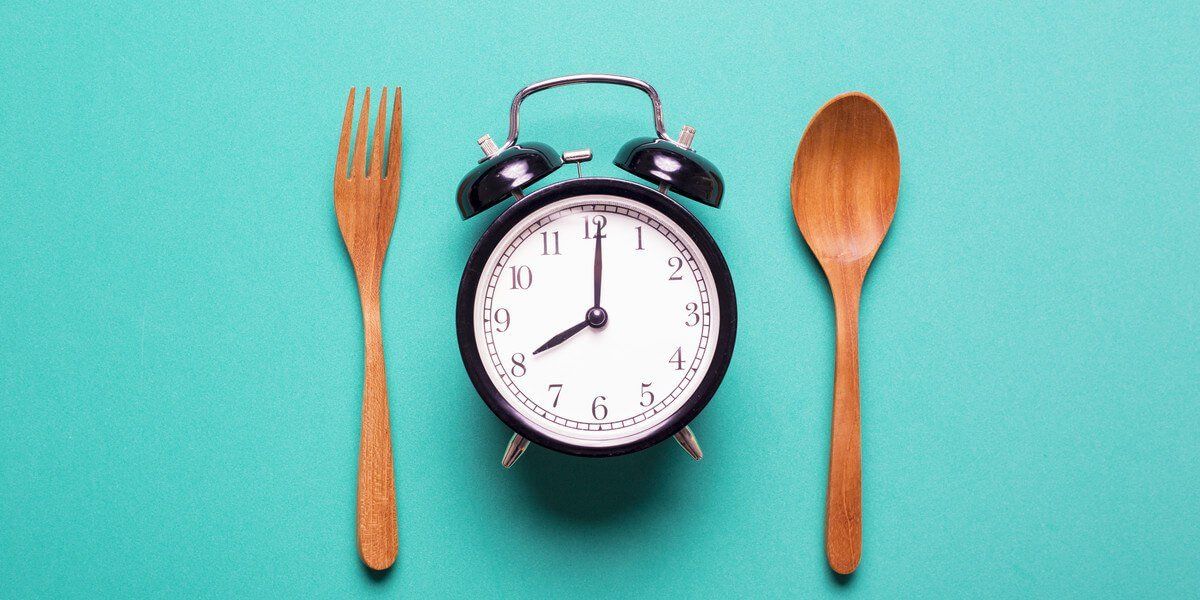By Rex Xavier Braganza
•
August 4, 2020
SUPPLEMENTATION GUIDE Supplements can be a minefield these days, with so many different options and promising claims, it can be difficult to know what exactly, we should be using and if they will even work. When truth be told, if a supplement claims to do something that sounds too good to be true, then this is usually the case, and we are better off saving our hard earned cash. However, not all is wasted, there are a small number of supplements that have been scientifically researched, and field tested to show they work. And guess what, the ones that work do not have any fancy names or shiny packaging and are usually consumed already via our diets. The supplements recommended below are merely vitamins, minerals or oils that can be sourced to natural origins, not artificial powders or liquids made in a factory. SO WHY SHOULD WE SUPPLEMENT NATURAL NUTRIENTS WHEN FOLLOWING A HEALTHY EATING PLAN? Well, the research shows that increasing levels of certain vitamins and minerals is required to get the most benefit from them. Usually, these levels are much higher than we can typically get from our food sources alone, even when eating high-quality foods. We should also consider the overall quality of our foods in today’s society; pollution is higher, crops are sprayed more, and many items are heavily processed before reaching us. The quality of our food is not up to scratch anymore and is lacking some of the critical nutrients they can be regarded for. Further, many of our clients are also training hard. This can be depleting on the body, adding further external stressors while also requiring extra energy and nutrients to recover from in order to force the body to adapt to the stimulus. As you can see, boosting some natural vitamins and minerals via supplementation is important for our optimal performance and health. Providing our nutrition is dialed in, and our clients are eating correctly with high-quality foods, research suggests they can be of benefit to us. 1. VITAMIN D – HEALTH, STRENGTH, MUSCLE BUILDER & FAT LOSS SUPPLEMENT Most of us are deficient in this vitamin. Vitamin D has been shown to improve mood, aid immune function, fight off cancers, burn body fat, and improve bone health. It’s also been shown to boost muscle strength and growth, mainly due to it's potential to increase testosterone levels in males. HOW TO TAKE ‘For moderate supplementation, a dose of 1,000-2,000IU vitamin D3 is sufficient to meet the needs of 50- 95% of the population and should be seen as the lowest effective dose range. Higher doses based on body weight are in the range of 20-80IU/kg daily, with the lower half of the range being a dose taken during periods of high sun exposure and the higher range being taken during periods of little or no sun exposure. It is recommended to take vitamin D supplementation in the vitamin D3 (cholecalciferol) form rather than D2 (ergocalciferol) due to better utilization in the body, and to take it with meals.’ (1) Want to learn the proven nutrition coaching strategies of elite trainers? Get access the exact nutrition coaching methodologies with this workshop! 2. OMEGA 3 FISH OIL – HEALTH, FAT LOSS, MUSCLE BUILDER & STRENGTH SUPPLEMENT Fish oil contains the essential omega 3 fatty acids EPA and DHA, which are known to provide some health and performance benefits due to its highly anti-inflammatory properties. From a health perspective, these fatty acids appear to reduce the risk of heart disease and stroke while from a performance aspect they can help to prevent muscle breakdown, enhance joint healing, improve brain function and achieve a more significant fat loss. HOW TO TAKE ‘All the below numbers are based not on omega-3, but on combined EPA and DHA. Also, total daily EPA+DHA intake should be from both supplements and food intake; a higher intake of EPA+DHA from food would mean less needed from supplements. For primary prevention (taking some “just because”), a dose of 250mg or above seems to be the minimum. The American Heart Association recommends 1g daily, and it is advised for pregnant women to increase intake of DHA by at least 200mg daily (although mercury should be a concern). These doses are effective, but would not result in any short-term (less than a week) changes. For more acute and dramatic effects, such as reducing soreness or attempting to increase the metabolic flux of muscle cells, a higher dose nearing 6g may be used over the course of a day.’ (2) 3. GREEN TEA – FAT LOSS, ENERGY PRODUCTION & HEALTH SUPPLEMENT Green tea contains compounds called catechins, including EGCG, the primary active ingredient for its thermogenic properties. EGCG can inhibit an enzyme that breaks down norepinephrine, the neurotransmitter involved in regulating metabolic rate and fat burning. Green tea also contains caffeine, which helps boost energy levels and provide further fat burning actions. It can also serve as an excellent antioxidant and may help reduce certain cancers and provide other health benefits such as improved joint healing. HOW TO TAKE ‘Most doses are standardized against EGCG. Although the amount of EGCG-equivalent varies from one cup of tea to another depending on many factors (species of tea, length of steeping, time spent oxidizing) a rough rule of thumb could be that one cup of camellia sinensis green tea contains approximately 50mg of EGCG-equivalence. Fat burning: Benefits of green tea catechins on lipid oxidation and related fat burning pathways are achieved in a dose-dependent manner, although significant effects in humans are noted only at high doses, such as 400-500mg EGCG equivalent per day (most Green Tea Extract supplements are roughly 50% EGCG). Fat burning effects are highly synergistic, almost dependent, on not consuming caffeine habitually. Cancer Prevention: Cancer prevention effects are quite dose-dependent, and would be better to consume all catechins (as green tea extract) rather than isolated EGCG. Minimal doses would be good (200mg or higher) but with more frequency (3+ times a day). Higher doses with frequency may make one prone to nausea .’ (3) 4. ZMA – HEALTH, STRENGTH, MUSCLE BUILDER & FAT LOSS SUPPLEMENT This is a combination of zinc, magnesium and vitamin B6. Its benefits are supported by clinical research as it has been shown that hard training individuals (people who sweat a lot) may be deficient in these important minerals. You will see improved hormone levels aiding better recovery, sleep and strength. HOW TO TAKE ZINC ‘Zinc is most commonly dosed in either the ‘low dosage’ range of 5-10mg or the ‘high dosage’ range of 25-45mg. The low dosage is a daily preventative that reduces the risk for deficiency, and the high dosage range is the one used to prevent deficiency in persons who have more than just a dietary deficiency working against them (athletes, diabetics, etc.). There is zinc ‘superloading’ protocol using up to 100mg zinc daily, and while this is confirmed to be safe for short-term usage (2-4 months), it is well above the tolerable upper limit (TUL) of 40mg and thus not advisable for prolonged supplementation. (4) MAGNESIUM Magnesium doses range from 200-450mg when looking at the weight of the ion itself (known as Elemental Magnesium). Depending on what the ion is ingested as this dose is increased by a variable amount. For the purposes of relieving a deficiency or maintaining Magnesium status, any form of Magnesium may be used, but Magnesium L-Threonate may not be the best choice (due to the low amount of elemental Magnesium per dose). Although all forms appear to be able to attenuate a deficiency, gastrointestinal side-effects such as diarrhea and bloat are more common with the forms that have fewer absorption rates; oxide and chloride. Citrate tends to be a good choice in these instances. For any attempt of super loading Magnesium above and beyond dietary sufficiency, more bioavailable forms of Magnesium such as Diglycinate or Gluconate (taken with food) should be used in moderate to high doses. Magnesium L-Threonate appears to be able to enhance cerebral Magnesium levels to a supraphysiological level even when at a moderate dose and may be a good choice for cognitive enhancement.’ (5) 5. VITAMIN K - HEALTH, MASS BUILDER, STRENGTH Only recently has the importance of vitamin K realized. Research is uncovering many roles for this vitamin in the body. There are two main types of vitamin K – K1 (phylloquinone) and K2 (menaquinone). What is currently known is that vitamin K plays a critical role in enabling specific enzymes in the body to function. Some of these enzymes help to form blood-clotting factors that allow blood to clot, and some are important for fixing calcium in bones. These roles appear to be performed by K1. A particular type of K2 is known as MK-4 has recently been shown to increase testosterone production. HOW TO TAKE Look for vitamin K supplements that provide both K1 and K2. While most supplements use a form of K2 known as MK-7, your best bet is to use a form that includes MK-4 to maximize testosterone production. Take 100-1,000mcg of vitamin K1 and vitamin K2. 6. WHEY PROTEIN - MASS BUILDER, STRENGTH, ENERGY PRODUCTION, FAT LOSS, HEALTH Whey protein makes up to 20% of the protein in milk. Whey is the most effective protein for increasing muscle protein synthesis, the process in muscle cells that results in muscle growth. There are numerous reasons why whey is so effective, such as its high content of branched-chain amino acids (BCAAs) and it’s ability to boost blood flows to muscles. However, the most important characteristic of whey is its rapid rate of digestion. Whey protein is the fastest-digesting protein source that you can get. This is a critical property for a pre-workout and post-workout protein. Pre-workout means that the amino acid from the whey will be available to your muscles during the workout, which is when they need them the most. During exercise, muscles that have been provided with amino acids will have more energy and will experience less muscle breakdown. Getting a fast-digesting protein is also a great idea after workouts and good nutrition for strength training, to drive aminos to muscle tissue, promoting recovery and growth. HOW TO TAKE Dosage: Typical recommendations are 20-40g first thing in the morning, within 30 minutes before workouts, within 30 minutes after workouts, and between meals, as needed. 7. CREATINE MONOHYDRATE - MASS BUILDER, STRENGTH & ENERGY PRODUCTION With regard to athletic performance, creatine has continually proved itself to be one of the most effective and safe nutritional supplements to increase strength, muscle mass and performance. To date, there have been hundreds of studies conducted on creatine and they have included such areas as the ways to maximise creatine storage in muscle; which types of exercise may obtain the greatest benefit from supplementation; the potential medical uses of creatine; and the long term safety and efficiency of creatine supplementation. Approximately 70% of these studies have shown positive results from creatine supplementation in the chosen areas. Also, safety reviews within these studies show that creatine is safe and well tolerated by most individuals. Enhanced benefits to be had are: Increased muscle mass and strength Increased single and repetitive athlete performance Enhanced glycogen synthesis Increased work capacity Enhanced recovery We typically store around 120g of creatine, yet are capable of storing up to 150-160g. It therefore makes sense that if you want to enhance the effects of the benefits it can bring, topping up the total creatine pool and keeping it full is advisable. Most of the studies on creatine supplementation were conducted using pharmaceutical creatine monohydrate in powder form, so this is what I’d suggest to use. 3-5g per day is the recommended dosage, and you shouldn’t need to cycle it using this amount. You should consume this alongside a meal, or at least some carbohydrates to maximize uptake by the muscle cells. 8. MULTI-VITAMIN - HEALTH Supplementing with a multivitamin/multimineral will help eliminate the possibility of deficiencies that often result from reduced dietary variety or calorie intake and increased loss through exercise. HOW TO TAKE Take this supplement once or twice daily with meals. Choose brands that provide 100% of the daily value of C, D, E and the most of the b-complex vitamins, as well as 100% of zinc, copper and chromium. A NOTE ON MULTIVITAMINS... I often get this question. Can I just take a multivitamin instead to get all my vitamin needs? The answer to that is no not really. Most regular of the shelf multivitamins do not have high enough quantities to provide the benefits that the higher dose individual vitamin and mineral supplementation protocols can. Just like our food, the quality of our supplements matters too, always buy the highest quality product to match your budget. If a supplement falls well short on the typical dosages recommended, it is more than likely poor quality and a waste of money. Not only that, you would have to take more of these in order to reach the ideal dosages, so in the long wrong, you would be spending just as much. Also, many of the cheaper products contain fillers and further ingredients to bulk up the product. Therefore it is always best to buy the higher quality option in order to know exactly what you are taking. References & Further Reading https://examine.com/supplements/vitamin-d/ https://examine.com/supplements/fish-oil/ https://examine.com/supplements/green-tea-catechins/ https://examine.com/supplements/zinc/ https://examine.com/supplements/magnesium/


